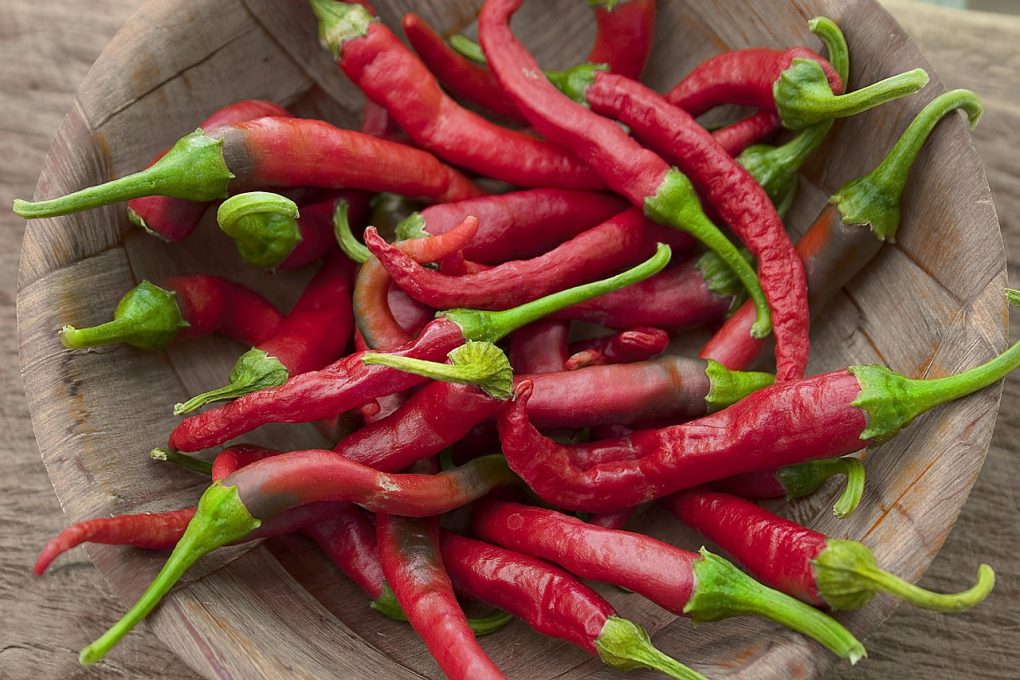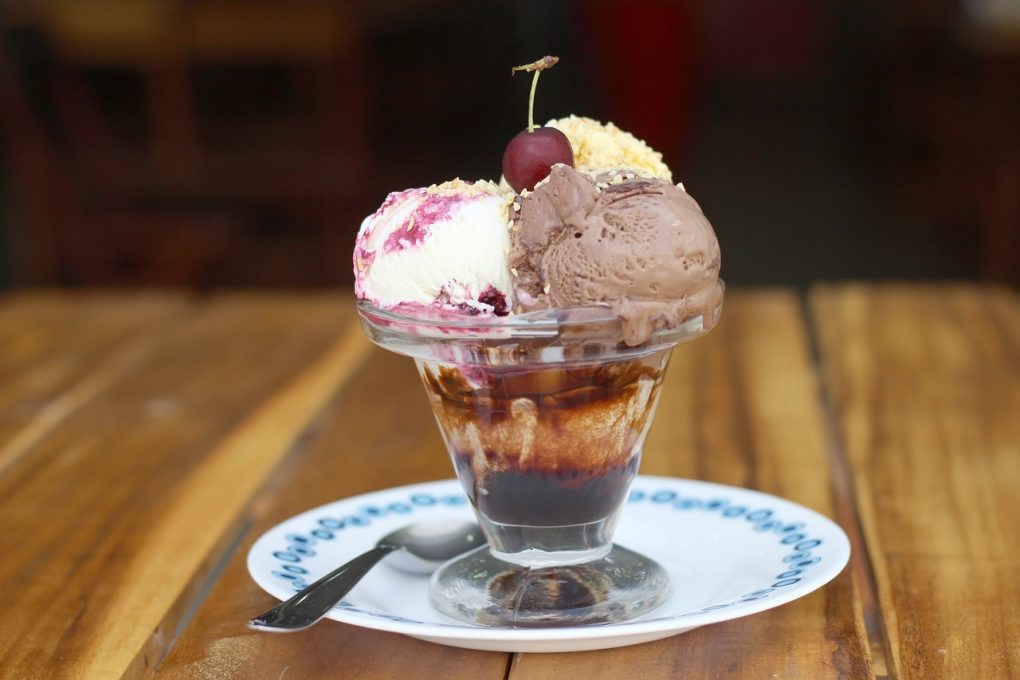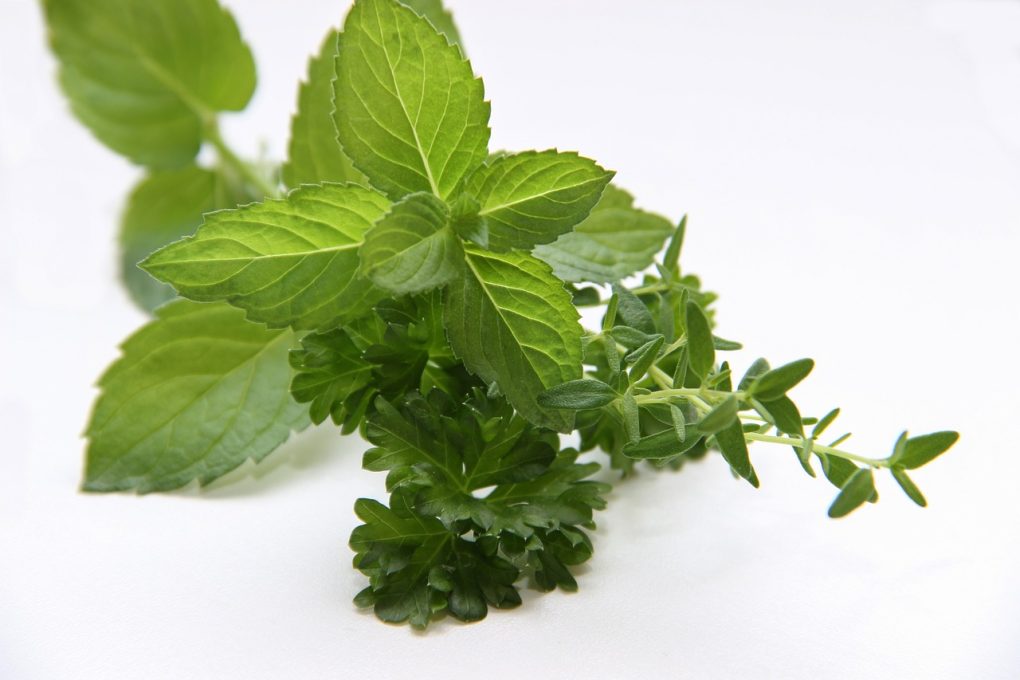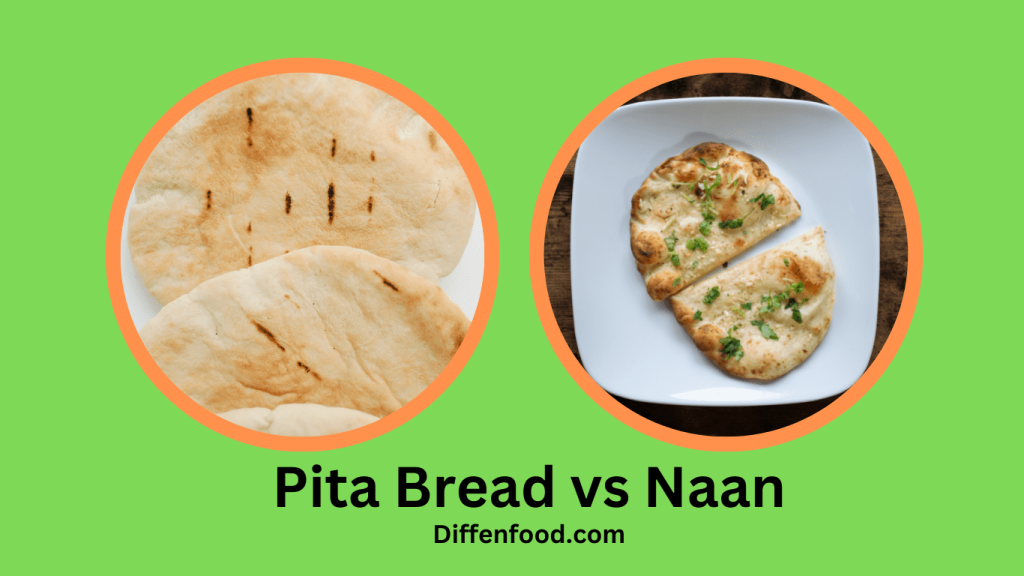
When it comes to chocolate, the two most famous types are dark chocolate and milk chocolate. But which one is better for you? Discover the differences between Dark Chocolate Vs Milk Chocolate in terms of their benefits, nutrition facts, weight loss potential, heart health effects, antioxidant levels, and brain function. This guide will help you decide which type of chocolate is the healthier choice for you.
What Makes Chocolate
Chocolate is a beloved delicacy that captures the hearts of many. The distinct flavor of chocolate comes from its blend of cocoa solids and butter, complemented by ingredients like sugar, lecithin, and vanilla for added richness. It’s truly one treat to be savored!
Cocoa solids

Cocoa solids are an essential part of creating delicious chocolate. The process involves grinding cocoa beans into a paste, pressing out the butter, and then finely milling what remains into powder. The level of these coveted cocao components influences taste – dark chocolates have more than their lighter counterparts!
Sugar

Chocolate makers carefully blend sugar with cocoa to create a perfect balance of sweetness and bitterness. Different types and brands utilize varying amounts to produce the desired flavor profiles for their unique chocolates.
Cocoa butter

Cocoa butter is the secret ingredient that makes chocolate melt in your mouth. Chocolate makers extract it from cocoa beans to give each sweet treat an irresistible, velvety texture.
Vanilla

Chocolate can be elevated by adding a hint of vanilla, creating an even more flavorful experience.
Lecithin

Lecithin plays an important role in creating chocolates with a smooth texture and stable consistency. It functions as a natural emulsifier that helps keep the cocoa butter from separating, resulting in rich, delightful treats for all to enjoy!
Dark Chocolate Vs Milk Chocolate

Milk chocolate and dark chocolate are both classic treats that offer a sweet indulgence, but they each have flavorful differences.
Dark chocolate

The percentage of cocoa solids in dark chocolate can vary, with some brands containing as little as 70% cocoa solids and others containing up to 99%. The higher the percentage of cocoa solids, the more bitter and intense the chocolate will taste.
Chocolate producers produce dark chocolate from the cocoa bean, and they often label it with a higher percentage of cocoa to reflect its stronger flavor profile. Dark chocolate provides a deeper, more decadent flavor and an intense velvety texture.
Milk chocolate

Chocolate makers make milk chocolate in a similar way to dark chocolate, but with the addition of milk powder. The milk powder gives milk chocolate a lighter color and a softer texture. Milk chocolate contains a lower percentage of cocoa solids compared to dark chocolate, typically ranging from 10% to 50%. Chocolate makers usually add a higher amount of milk powder and sugar to milk chocolate compared to dark chocolate, making it sweeter and less bitter.
Milk chocolate is sweeter than dark with creamier notes, created using cocoa butter and condensed or powdered milk. Both dark and milk offer health benefits such as antioxidants, but dark chocolate has significantly higher levels which make it a more nutritious choice. Whether you prefer one over the other will ultimately come down to taste preference, but it can help to understand their specific differences in order to discover your perfect preference.
Which is Healthier: Dark Chocolate or Milk Chocolate?
Dark chocolate contains higher levels of cocoa solids than milk chocolate, which means that it contains higher levels of flavanols, a type of plant compound with antioxidant properties that may benefit brain function. Here are some ways in which dark chocolate may impact brain function:
Improved cognitive function
With the help of dark chocolate and cocoa powder, aging adults may be able to enjoy a mental boost! Research suggests that eating these treats regularly can have beneficial effects, including improved attention, enhanced memory, and faster processing. Experts believe that the flavanols contained within chocolate can stimulate new neuron growth and increase blood flow in the brain. Scientists have proven that this effect is beneficial for cognitive functions.
Enhanced mood
Chocolate isn’t just a sweet treat – it’s also responsible for improving your mood! This is because cocoa-based snacks contain compounds like caffeine, theobromine and phenylethylamine that trigger endorphin production in our brains. In other words, enjoying chocolate can be an enjoyable way to boost happiness levels naturally.
Reduced stress
Dark chocolate is more than a delicious treat – it can help lower cortisol levels, giving your body the opportunity to relax and de-stress. Give yourself permission for small indulgences that come with mental health benefits!
While milk chocolate, like all chocolate, contains compounds with potential benefits for brain function, such as caffeine and theobromine, it is generally considered to have lower levels of these compounds compared to dark chocolate. The milk powder and sugar in milk chocolate may also dilute the potential health benefits of chocolate.
Best Time to Eat: Dark Chocolate vs Milk Chocolate

When deciding between dark and milk chocolate, it comes down to personal preference. However, there are some things to consider when making a decision – like dietary needs or even taste preferences! Get creative with your choice for the perfect treat!
Caffeine content
Dark chocolate may contain up to four times the amount of caffeine as compared to milk chocolate, making it a great pick-me-up – but perhaps not right before bed! If you’re sensitive to stimulants and looking for a sweet evening snack, opt for something lighter on the stimulant front.
Sugar content
If you’re looking to reduce your sugar intake, switch up your sweet tooth and try dark chocolate. Typically containing less sugar than milk chocolate, this cocoa-rich treat is a tasty way to help cut down on added sugars in the diet!
Nutritional value
Dark chocolate packs a healthy punch! Not only does it contain more antioxidants than milk choclate, but less added sugar as well. This makes dark chocolate the perfect choice for those looking to enjoy the various health benefits of indulging in some deliciousness – from improved heart health and lower blood pressure, you truly can’t go wrong with this delectable treat.
Cravings
Dark chocolate is a great way to satisfy cravings and avoid overindulging. To keep your sweet tooth in check, try having just a few bites earlier in the day for effective craving control throughout the rest of it.
Dark Chocolate vs Milk Chocolate in Cooking and Baking
Creating delicious treats is made easier with chocolate! Both dark and milk varieties provide a wide array of possibilities for the savvy chef. It’s vital to remember that these two types have distinct characteristics, so understanding them is key in order to make informed decisions when selecting which variety best fits your culinary vision.
Dark Chocolate vs Milk Chocolate in Baking
Dark chocolate is ideal for baking recipes that require a more intense chocolate flavor, such as brownies or chocolate cake. It has a higher cocoa percentage, which means it has less sugar and more pure chocolate flavor. It also has a lower melting point, which makes it easier to work with in baking.
Milk chocolate, on the other hand, is sweeter and has a milder chocolate flavor. It is best used in recipes where the chocolate flavor is not the main focus, such as chocolate chip cookies or muffins. Milk chocolate has a higher sugar content and a higher melting point, which means it may not melt as smoothly as dark chocolate in baked goods.
Dark Chocolate vs Milk Chocolate in Cooking
Dark chocolate is ideal for savory dishes, such as mole sauce or chili, where the bitter chocolate flavor can balance out the spice and sweetness of the dish. It can also be used in marinades for meats or as a topping for roasted vegetables.
Milk chocolate, on the other hand, is best used in sweet dishes, such as hot chocolate or chocolate sauce for ice cream. It can also be used as a flavoring in desserts, such as cheesecake or truffles.
Best Recipes to Use Dark Chocolate or Milk Chocolate
Here are some delicious recipes that feature either dark chocolate or milk chocolate:
Dark Chocolate Recipes

Brownies: This classic brownie recipe uses high-quality dark chocolate for a rich, chocolatey flavor.
Mousse: To make this creamy mousse, use dark chocolate, egg yolks, sugar, and whipped cream.
Truffles: These decadent truffles are made with just a few ingredients, including dark chocolate, heavy cream, and cocoa powder.
Milk Chocolate Recipes

Hot Chocolate: This cozy drink is made with milk chocolate and milk, and topped with whipped cream and chocolate shavings.
Cheesecake: This creamy cheesecake is made with a chocolate cookie crust and a milk chocolate filling.
Fudge: This sweet treat is made with milk chocolate chips, sweetened condensed milk, and vanilla extract.
FAQs
How to tell dark chocolate from milk chocolate by smelling it?
To identify the type of chocolate by smell, you can begin by holding a piece of chocolate close to your nose and taking a deep breath in. You may want to close your eyes to better focus on the scent. If the chocolate smells bitter or earthy, it is likely dark chocolate. If the chocolate smells sweet and creamy, it is likely milk chocolate.
Another way to differentiate between dark and milk chocolate by smell is to pay attention to the intensity of the aroma. Dark chocolate will typically have a stronger, more pronounced aroma than milk chocolate. This is because of the higher percentage of cocoa solids in dark chocolate. Milk chocolate, on the other hand, will have a milder aroma due to the added milk solids and sugar.
In addition to using your sense of smell, you can also look at the chocolate itself to determine whether it is dark or milk chocolate. Dark chocolate is typically darker in color than milk chocolate, with a rich, deep brown color. Milk chocolate, on the other hand, is lighter in color and has a more yellowish or tan hue.
Finally, you can also taste the chocolate to confirm your suspicions. Dark chocolate will have a more intense, bitter flavor, while milk chocolate will be sweeter and creamier.
How to tell dark chocolate from milk chocolate by looking at its appearance?
- Color: dark chocolate is darker in color than milk chocolate. It is usually a rich brown color, while milk chocolate is a lighter brown.
- Shine: dark chocolate has a more matte finish than milk chocolate, which is typically shinier. This is because milk chocolate contains more milk solids and sugar, which give it a smoother texture and a shiny appearance.
- Texture: dark chocolate is often harder and has a more brittle texture than milk chocolate. This is because dark chocolate contains less sugar and milk solids, and more cocoa solids, which give it a denser texture.
- Taste: dark chocolate has a more intense, bitter flavor than milk chocolate. It may also have fruity or nutty notes, while milk chocolate is sweeter and creamier.
” Some sneaky chocolate varieties may put your visual inspection skills to the test, so don’t get too confident in your chocolate detective abilities. Just remember, appearances can be deceiving, even when it comes to something as delicious as chocolate! ”
Conclusion
In general, moderation and variety are the keys to enjoying chocolate responsibly. With an eye to portion control, opt for high-quality varieties of both dark and milk chocolates – they’ll provide all the richness you crave while helping you maintain a balanced diet!





